Before I dive into how demographics are playing into pet food sales. Here’s a look at the overall pet care retail market. Packaged Facts estimates pet care retail sales will total $68.76 billion by 2024. And the company says to get there, retail sales, including pet food will increase at an estimated 4.7% combined annual growth rate.
Now onto what human dynamics are fueling pet food sales. It wasn’t always the case, but today our pets are considered part of the family. Last year a research study revealed that 95% of people consider (and treat) their pets as members of the family. That’s up from 88% in 2007. Our adoption of pets as family members is what has kept the pet food segment dynamic and growing over the past decade.
As valued family members, people want to give their pets the same high-quality foods they eat. And in some instances, people will spend more on their pet’s food than they do on their own. The same trends we see in human food are mirrored in the pet food space from clean label to nutritional customization. There’s also a focus on functional ingredients that provide health and wellness benefits to our animals.
Demographics at play
According to Sundale Research, interest in premium pet foods and treats is robust due to a couple of demographic factors—aging Baby Boomers with empty nests and young Millennials without children. Both of these groups have disposable income that they’re willing to lavish on their pets. And as long as economic conditions remain favorable for these cohorts, the value-added, premium pet food and treat segments will continue to grow.
A quick look at Boomer demographics shows the number of 55- to 64-year-old Americans in 2018 equaled nearly 43 million. That number is projected to grow to 47.2 million by 2023, making it the second-fastest growing age group in the U.S. Outpacing this segment is the 65-plus population, which will grow from 52.3 million in 2018 to 60 million in 2023. Empty nesters are turning their focus and funds from parenting their children to parenting their beloved pets.
Meanwhile Millennials—25- to 42-years-old and 70 million strong—many of whom are delaying parenthood, are outspending Boomers on pet care, including premium pet foods. They’re happy to spoil their pets and want the same type of foods for them as they buy for themselves. That includes selecting organic, natural, sustainable, clean label, small batch, and specialty foods and treats with recognizable ingredients. More social media active and less brand loyal than older generations, Millennials are willing to try new brands and share their favorites.
Just as health and wellness is a strong trend among people generally, it extends into the world of pet care. The same desire for hormone- and pesticide-free foods is carried into pet food choices. Organic foods, human quality foods and those without are byproducts added are considered more authentic and better quality. People are willing to pay more for these products to maintain the health and well-being of their four-footed family members.
Tree Top inspiration
Speaking of organic ingredients…Tree Top offers organic fruit purees, dried apples, various fruit powders and juice concentrates for pet food applications. Our organic fruits are made from fruit harvested from Tree Top farmers’ orchards in the Western U.S. Not only do our organic fruit ingredients add natural goodness to your applications, they look great on any label.
Get more info about Tree Top pet food ingredients.




